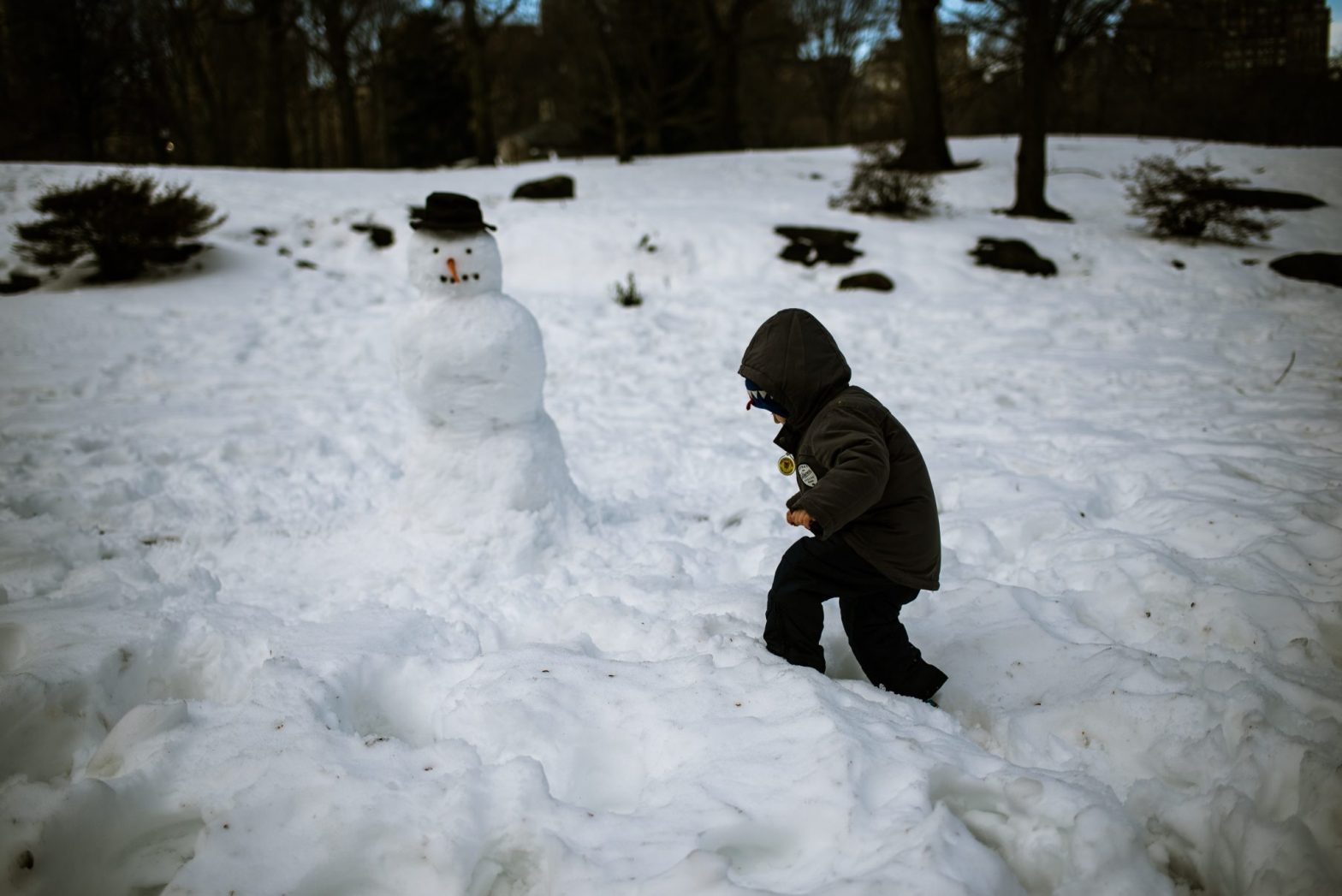Keeping Kids Safe in the Winter Outdoors

Exercise, fresh air, vitamin D: these are all important reasons to make sure we are getting outdoors even in winter. Getting kids outside and active in winter can be an immune booster and help kids get their recommended 60 minutes of physical play every day.
The American Academy of Pediatrics recommends outdoor play for kids as long as the combined air temperature and wind chill are no lower than minus 15 degrees F. Making sure we keep our kids safe and warm in winter weather can provide them with an opportunity to still enjoy the outdoors.
Tips for What to Wear
- Dress infants and children in warm layers; several thin layers are best. Warm boots, gloves and a hat are crucial to keeping warm in cold temperatures.
- Dress infants and young children in one more layer of clothing than an adult would wear.
- Even in cold temperatures it is important to put sunscreen on areas of skin that will be exposed.
- Snow pants provide a good layer to keep legs warm when playing outdoors.
- Remove wet clothes and boots as soon as child is done playing.
- Blankets, quilts, pillows and other loose bedding should not be placed in infant’s sleeping environment.
Tips to Keep Kids Safe
- Teach kids to not throw snowballs at people or cars.
- Supervise any snow forts or tunnels your child makes because they could collapse.
- Don’t allow children to play near the road or snow plows.
- Don’t let children eat snow.
- Tell children not to put metal objects in or on their mouth.
- Teach kids to be careful on icy sidewalks and surfaces.
- Wear proper gear for snowboarding, sledding, and ice skating. Children should take classes from a certified instructor before skiing or snowboarding.
- Never assume lakes or ponds are safe for ice skating. Call your local police department to make sure area is safe for ice skating.
How to Avoid Hypothermia
- Hypothermia develops when a person’s temperature falls below normal due to colder temperatures. It usually happens when a person doesn’t have the proper clothing on in very cold weather. Hypothermia can happen faster in kids than adults.
- Watch for lethargic or clumsy behavior in kids. Speech may be slurred and body temperature will decline if it is a severe case.
- Call 911 if you suspect hypothermia. Bring child indoors and remove any wet clothing and wrap them in warm clothes until help arrives
Ways to Keep Frostbite Away
- Frostbite occurs when the skin and outer tissues become frozen. This condition tends to happen on fingers, toes, ears and nose. They may become pale, grey and blistered. Children may say that their skins burns or has become numb.
- If frostbite does occur bring child indoors and place the frostbitten parts of the body in warm (not hot) water (104 degrees F is recommended). Warm washcloths may be applied to frostbite on nose, ears and lips.
- Do not rub the frozen areas.
- After a few minutes of warm water, dry and cover the child with clothing or blankets. Give them something warm to drink.
- If numbness continues for more than a few minutes, call your doctor.
We want kids and adults to enjoy the outdoors even in the winter, following these safety tips will ensure families are safe and having fun!
By Patricia Bates, Family Life Educator, Women’s and Children’s Community Outreach Education, Avera McKennan Hospital & University Health Center


